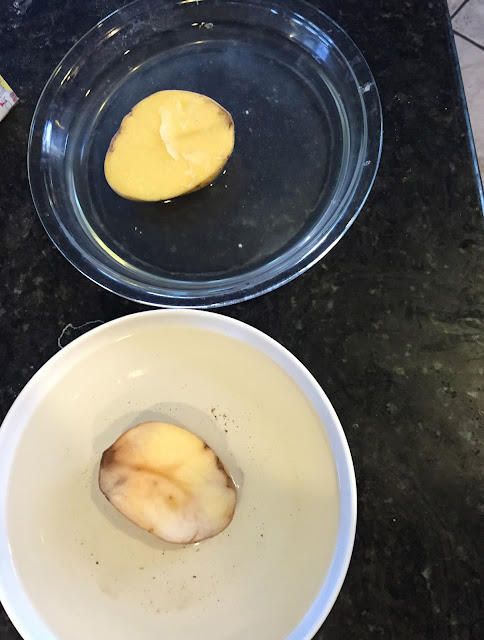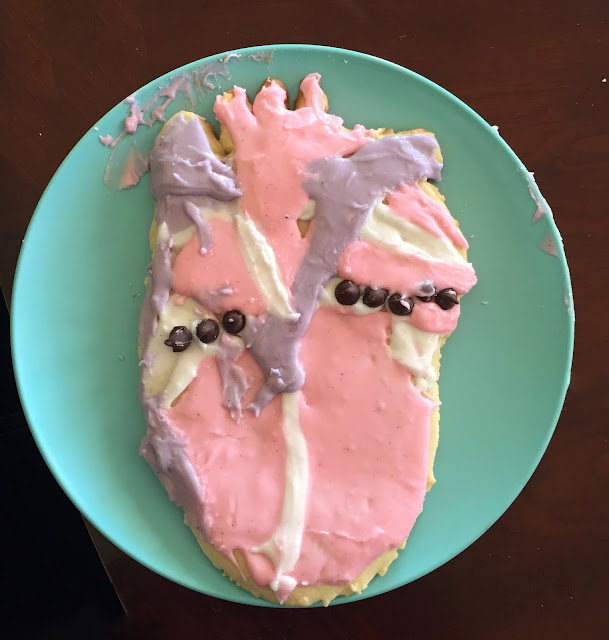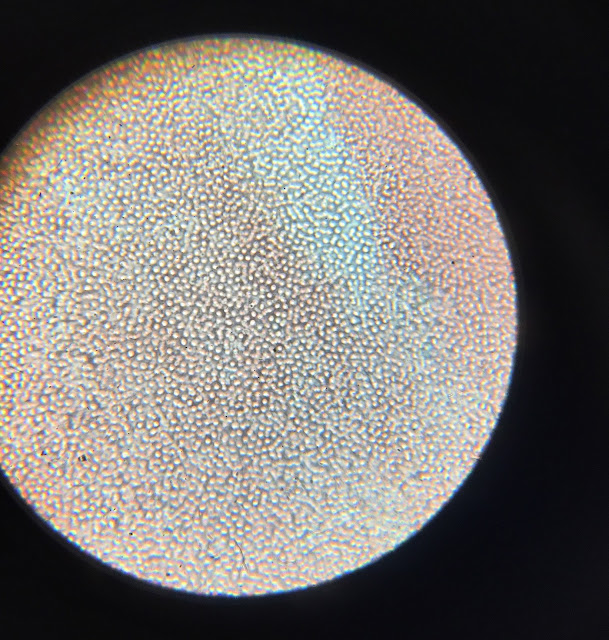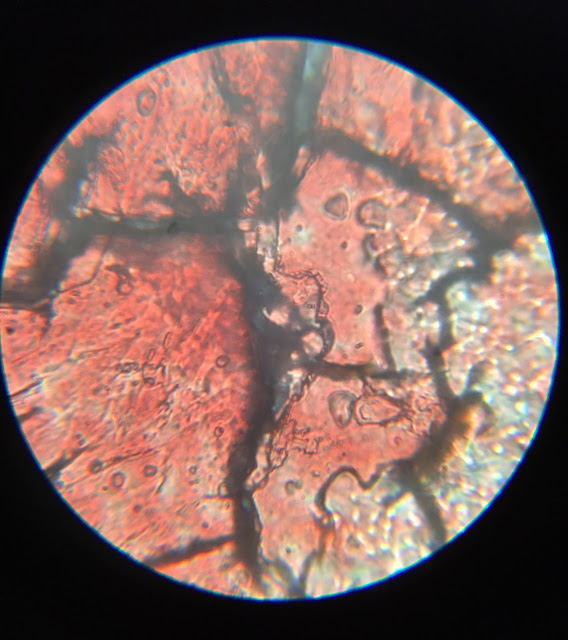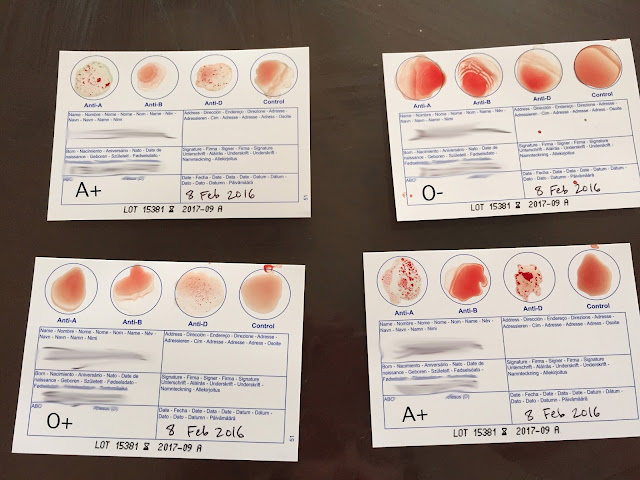This unit had a lot of content but very few pictures, for some reason. I do have a few other posts I will put up, but I'll link most of the videos and other content we used here.
Also, we combined a short treatment of the immune system with this unit, since the blood cells play such a big role. We talked about viruses and bacteria, and immune response. We may study that more fully in the future.
First and foremost, I MUST mention this group of videos that the children LOVED. At first they just thought the videos were silly. They kept saying things like, "Hey, the blood cells can't fly in little ships!" "Hey, germs don't say 'heh heh heh'!"—and so forth. But then the children caught the spirit of the thing and began to love the videos with a deep and abiding love. It seems like maybe the episodes are from a British TV program called "Once Upon a Time Life"? I'm not totally sure. There are other episodes that show other parts of the body, but we just focused on the applicable ones to this unit. We got to know and love all the characters quite a bit. The action is kind of slow but it's all part of the charm! As is the music. And the explanations are actually quite good.
Here are the episodes we watched (I'm just linking Part I of each episode, but parts 2 and 3 for each one should come up on the "other videos" menu at the right side of your screen. Or maybe you can just search online for "once upon a time life" and you'll find whole episodes somewhere. Each episode is about 30 minutes long).
Other than these gems, we also liked:
Here you can hear the sounds of various
heart murmurs. It's amazing that doctors can hear and distinguish these!
Another thing that didn't work for us: this
heart pump model with the four soda bottles. Maybe our bottles were too small? Anyway, there's a whole
good lesson plan with it, so this page is definitely worth a look.
Of course it's always nice to compare healthy lungs to smokers' lungs:
I've always thought it was fascinating how heart cells can beat all by themselves, and then sync when they get in proximity to one another. You can see a
video here.
For a field trip during this unit, I called the Red Cross to see if the children could come watch me donate blood. We set it up during a less-busy time of day, and they were really great to work with me and allow the children to be close by. Our nurse was great—explaining stuff to them, letting them feel my bag of blood, etc. I'm not very squeamish about it and I like donating blood, so I didn't mind. Of course, most of all, the children liked getting pretzels and juice afterwards (the nurse kindly said they could have some, even though THEY weren't the ones who did the donating!). :) You can find a place to donate blood on
the Red Cross website.
